Introduction to Axe Restoration: The Beauty in Bringing Old Axes Back to Life
There's something inherently satisfying about breathing new life into an old, worn-out axe.
Whether it's an heirloom passed down through generations, a flea market find, or a trusty tool that has seen better days, restoring an axe is a rewarding process that combines craftsmanship, history, and practicality.
For axe enthusiasts, outdoor adventurers, and collectors, the journey of axe restoration not only preserves a piece of history but also ensures that these tools remain functional and beautiful for years to come.
In this detailed guide, we will walk you through the essential steps of axe restoration, from cleaning rust and sharpening the blade to replacing worn handles with durable new ones.

The Basics: Understanding Different Axe Types and Conditions
Before diving into the restoration process, it's crucial to understand the different types of axes and their conditions.
Axes vary in design, size, and intended use, which can influence the restoration approach. Here are some common types of axes:
- Felling Axes: Used primarily for chopping down trees, these axes are characterized by a long handle that provides leverage and a thin, sharp blade designed to cut across the wood fibers with precision and efficiency.
- Splitting Axes: Specifically designed for splitting wood along the grain, these axes have thicker, more wedge-shaped blades that help to force the wood apart, along with shorter handles that offer better control during splitting tasks.
- Hatchets: These smaller axes are versatile tools used for light chopping, splitting kindling, and various tasks around the campsite. They often feature a compact size with a shorter handle, making them easy to carry and maneuver.
- Broad Axes: Used for hewing logs into beams and creating flat surfaces on wood, these axes feature a wide blade and a single bevel edge that allows for precise, smooth cuts. They are essential tools for traditional woodworking and carpentry.
Assessing the condition of the axe is the first step in restoration. Look for signs of rust, pitting, blade dullness, and handle wear. This initial assessment will help you determine the extent of the restoration needed.
Step-by-Step Guide to Axe Restoration
Assessing the Axe: Identifying Damage and Wear
Start by examining the axe head and handle thoroughly.
Identify any cracks, chips, or significant damage that could compromise its effectiveness and safety.
Check the alignment of the blade, ensuring it is straight and securely attached to the handle.
Examine the handle for any signs of wear and tear, such as splinters, soft spots, or breaks. If the handle is loose or damaged, it will need to be replaced to ensure the axe functions properly and safely.
Taking the time to inspect these components carefully can prevent accidents and maintain the tool's longevity.
Removing Rust: Tools and Techniques
Rust removal is a critical step in restoring an old axe. Here’s how to do it:
- Tools Needed: Wire brush, sandpaper (various grits), rust remover (like Evapo-Rust), and protective gloves.
- Technique:
- Begin with a wire brush to remove loose rust and debris.
- Apply rust remover according to the product instructions, allowing it to dissolve the rust.
- Use sandpaper to further clean the blade, starting with a coarse grit and gradually moving to a finer grit for a smooth finish.
Sharpening the Blade: Methods for a Razor-Sharp Edge
A sharp blade is essential for an axe's performance. Here's how to achieve a razor-sharp edge:
- Tools Needed: Sharpening stone, honing oil, file, and a leather strop.
- Technique:
- Secure the axe head in a vise.
- Use a file to establish a primary bevel, following the original angle of the blade.
- Move to a sharpening stone, applying honing oil to reduce friction.
- Sharpen the blade with consistent strokes, alternating sides to maintain symmetry.
- Finish with a leather strop to polish the edge and remove any burrs.
Replacing Axe Handles: Choosing the Right Material and Technique
If the handle is damaged or compromised, replacing it is necessary. Here's how:
- Materials: Hickory or hardwood handle, wood rasp, epoxy, and wedges.
- Technique:
- Remove the old handle by cutting it off and tapping out the remaining wood from the axe eye.
- Fit the new handle into the axe eye, ensuring a snug fit.
- Use a wood rasp to shape the handle for a perfect fit.
- Secure the handle with wooden and metal wedges, applying epoxy for added stability.

Tools of the Trade: Recommendations for Essential Tools and Materials
The right tools and materials can make the restoration process more efficient and enjoyable. Here are some recommendations:
- Wire Brush: Essential for initial rust removal, it scrapes off the loose rust and prepares the surface for further treatment.
- Sandpaper: Various grits, ranging from coarse to fine, for smoothing the blade and removing any remaining rust or pitting.
- Sharpening Stone: Used for achieving a razor-sharp edge on the axe blade, ensuring it is functional and efficient.
- Rust Remover: Products like Evapo-Rust are effective at dissolving rust without damaging the metal, making the restoration process easier.
- New Axe Handle: Opt for hickory or other hardwood handles for their durability and shock absorption properties.
- Wood Rasp: An essential tool for shaping and fitting the new handle to the axe head, ensuring a snug fit.
- Epoxy and Wedges: These are crucial for securing the handle to the axe head, providing a strong and reliable bond that ensures safety during use.
Tips for Axe Maintenance: How to Keep Your Restored Axes in Top Condition
Maintaining your restored axe ensures it stays in top condition:
- Regular Cleaning: After each use, thoroughly wipe down the blade with a clean cloth to remove any debris and moisture. This helps to prevent rust and maintain the blade's integrity.
- Sharpening: Regularly sharpen the blade using a sharpening stone or file to keep its edge sharp. A well-maintained blade ensures efficient and safe cutting.
- Handle Care: Treat the handle with linseed oil periodically to keep the wood nourished and prevent it from drying out and cracking. This will extend the life of the handle and ensure a comfortable grip.
- Proper Storage: Store the axe in a dry place, ideally in a protective sheath, to shield it from moisture and extreme temperatures. Proper storage conditions will preserve both the blade and handle, ensuring the axe remains in good working condition for years.
Conclusion: The Satisfaction of Restoring Axes and the Community of Enthusiasts
Restoring an old axe is more than just a project—it's a journey of discovery and craftsmanship. The satisfaction of reviving a tool that has seen years of use is unmatched. Moreover, sharing your restoration stories and connecting with other enthusiasts fosters a sense of community and shared passion.
By following this guide, you'll not only learn the art of axe restoration but also become part of a passionate community dedicated to preserving these timeless tools. Happy restoring!

Ready to Restore Your Axe? Get Your Products at Axeman!
Are you inspired and ready to embark on your own axe restoration journey? Axeman has everything you need to get started.
From top-quality rust removers and sharpening stones to durable hardwood handles and essential tools, we have it all.
Visit our website or contact our team to get expert advice and the best products for your restoration projects.
Start reviving those old tools today and join the community of passionate axe restoration enthusiasts.
Get your axe restoration products at Axeman and bring your tools back to life!


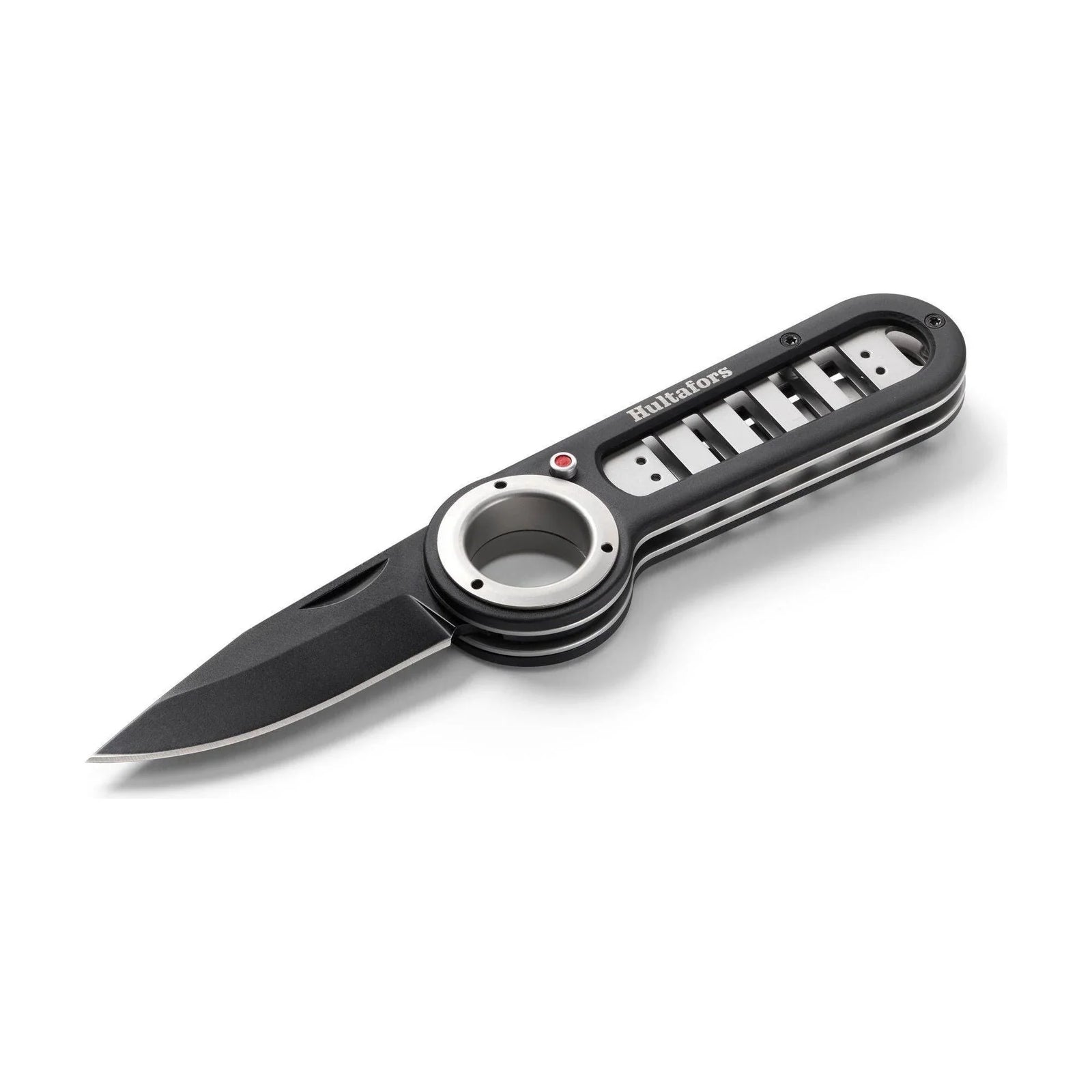

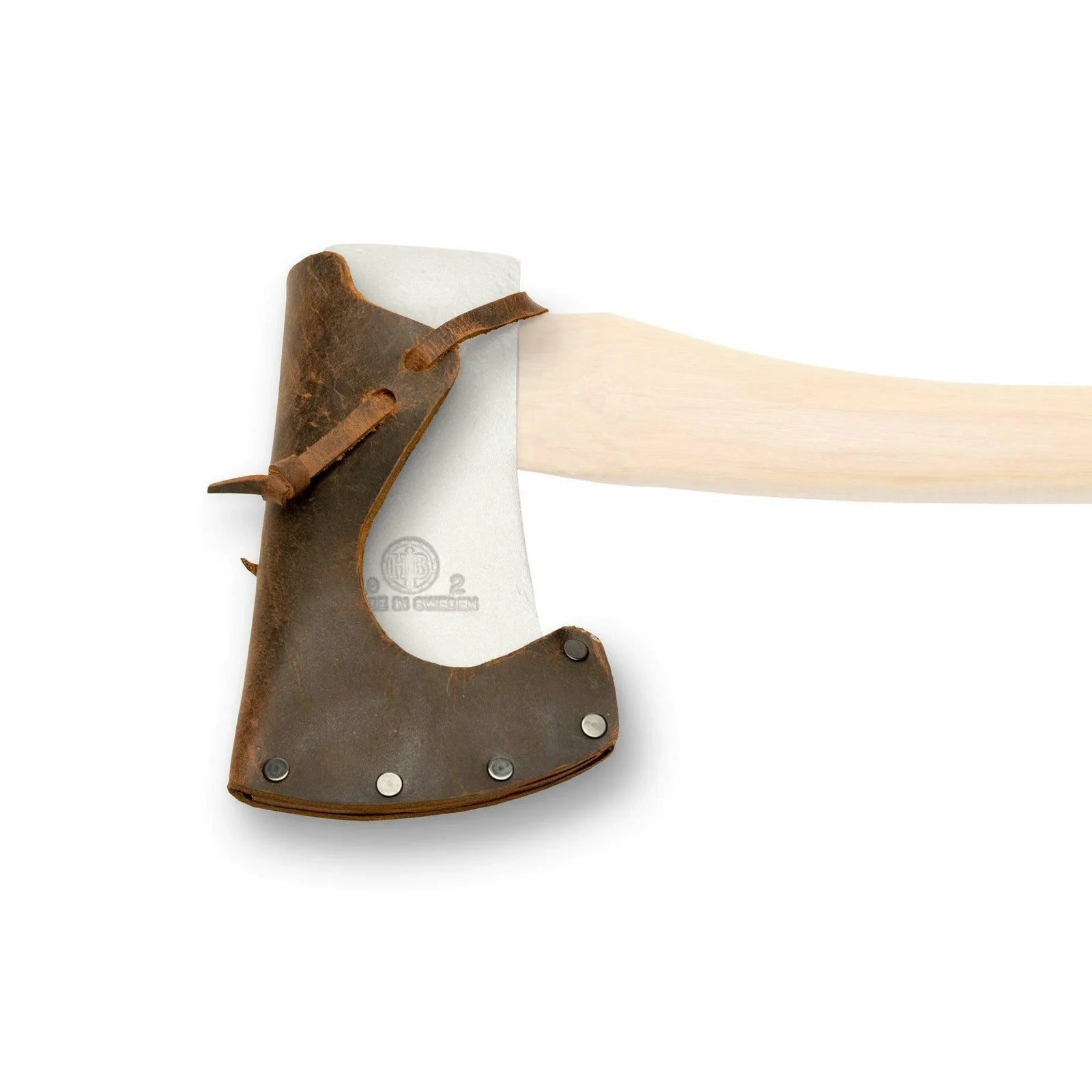



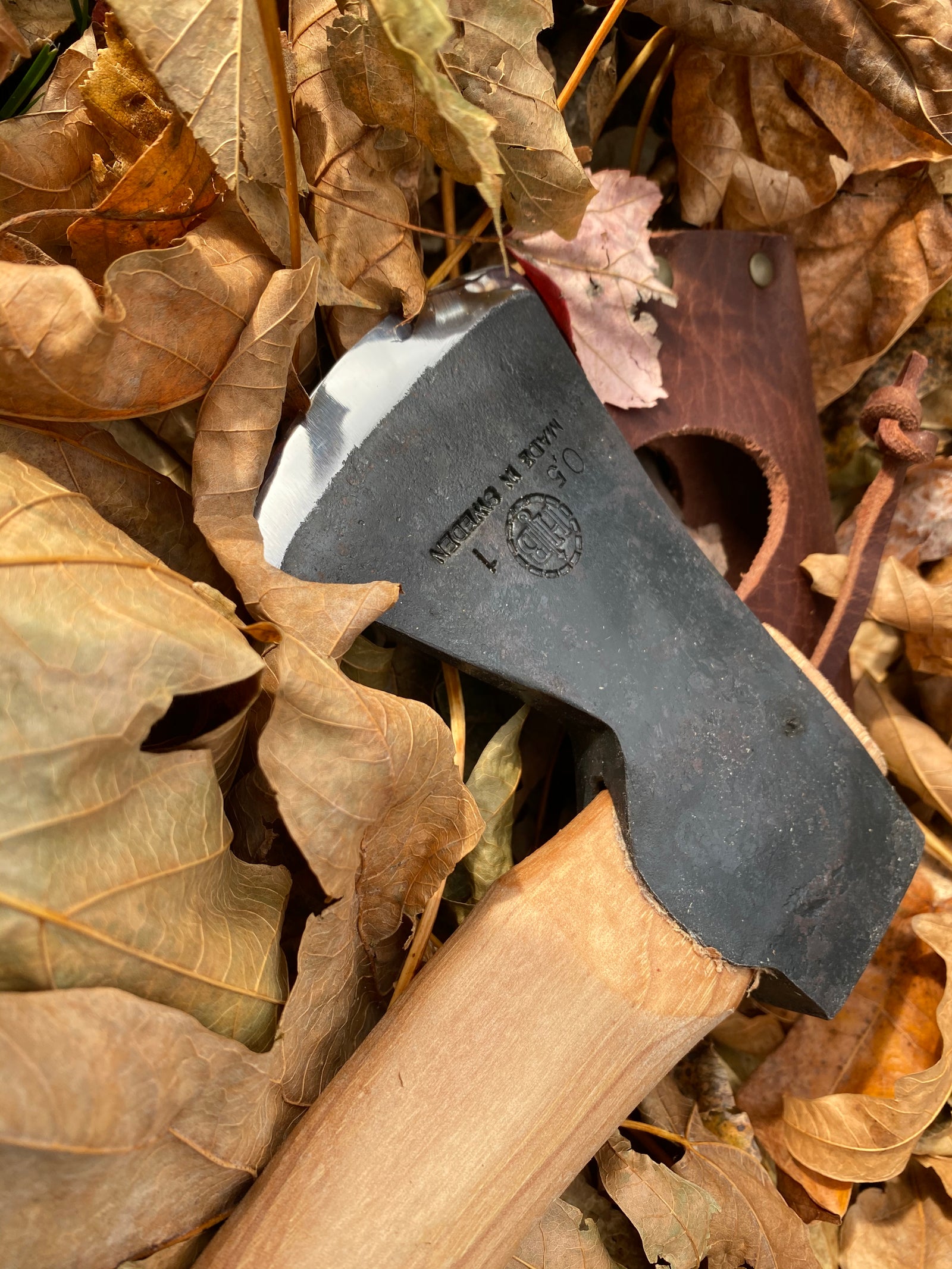
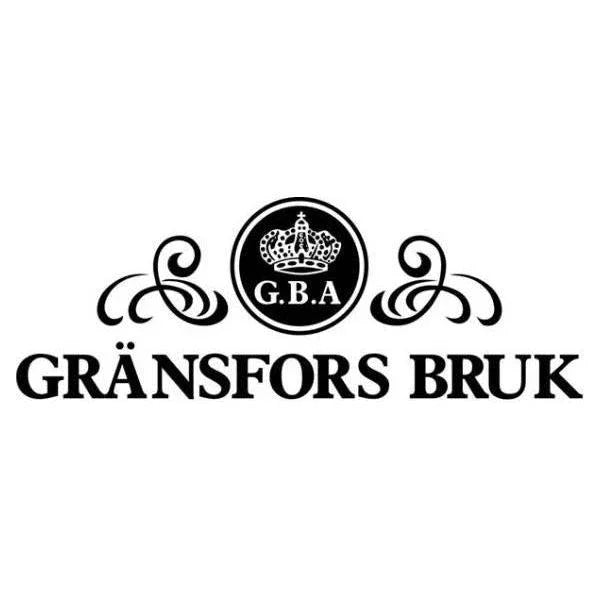


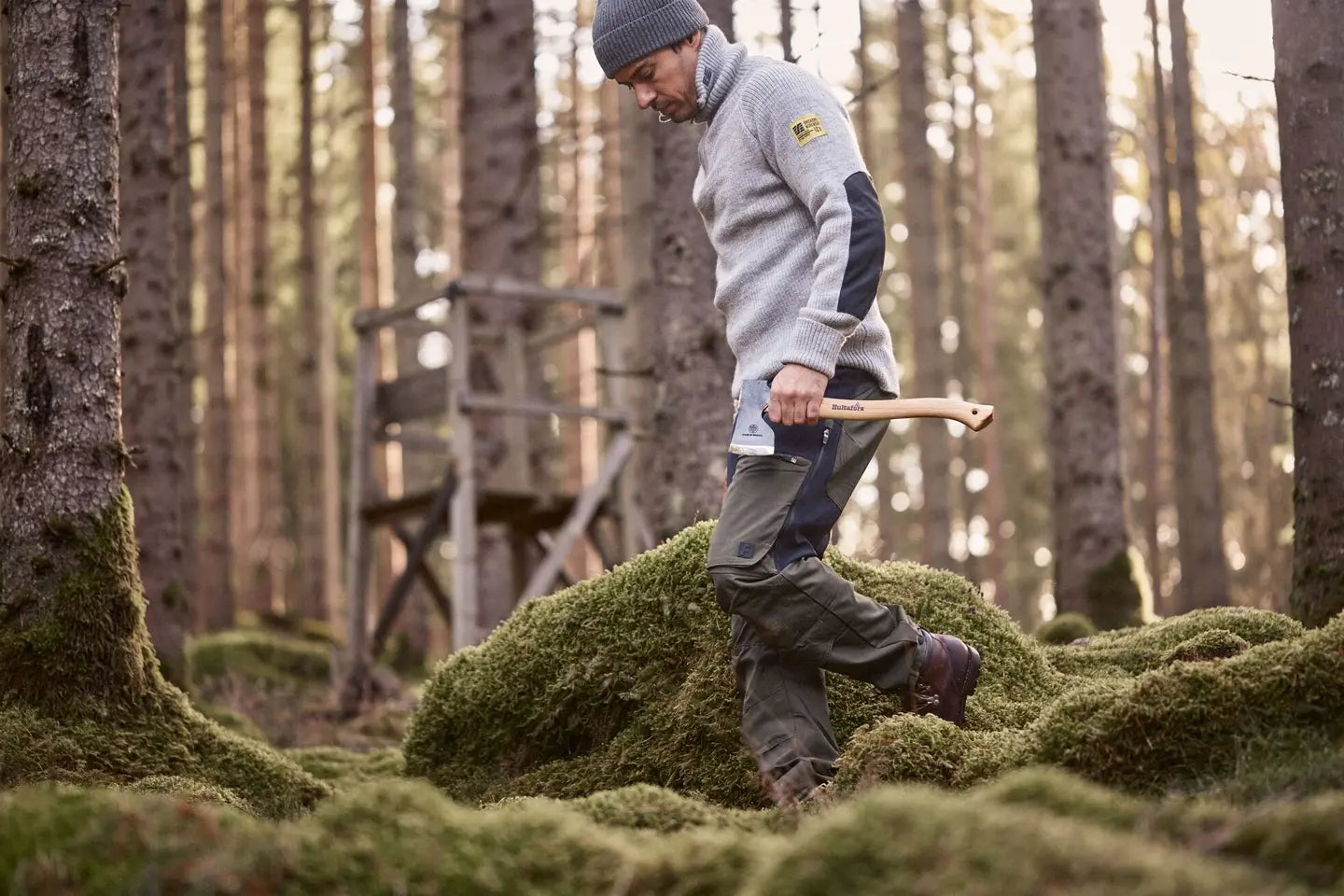

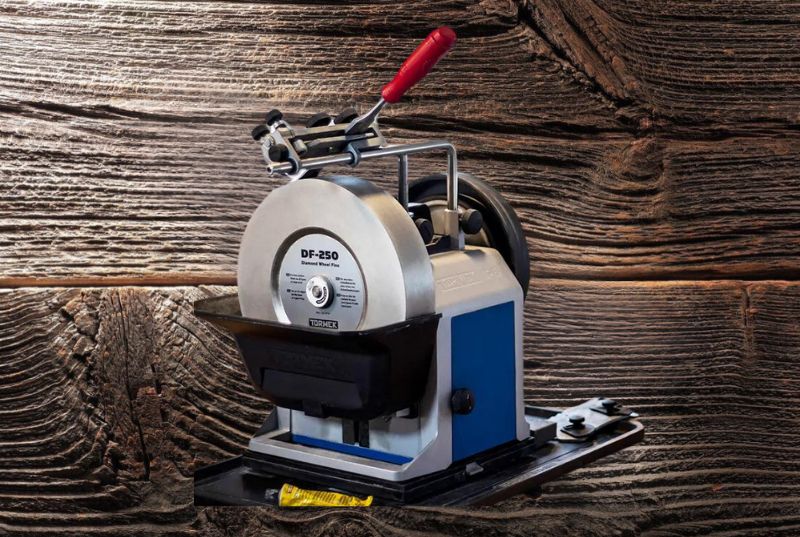




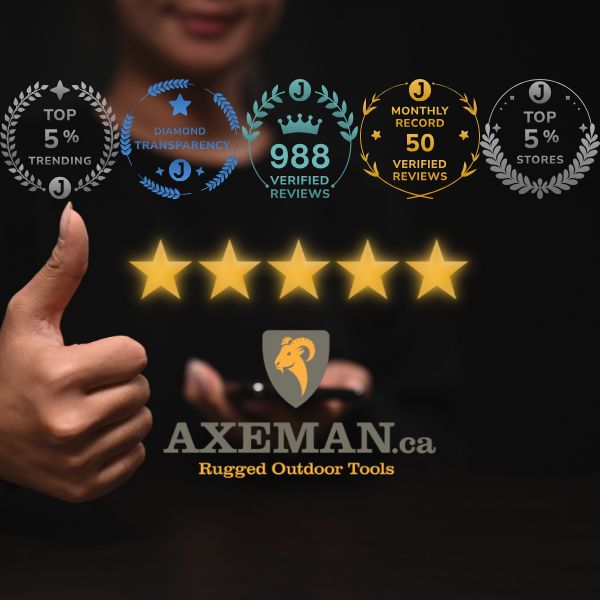




Leave a comment (all fields required)